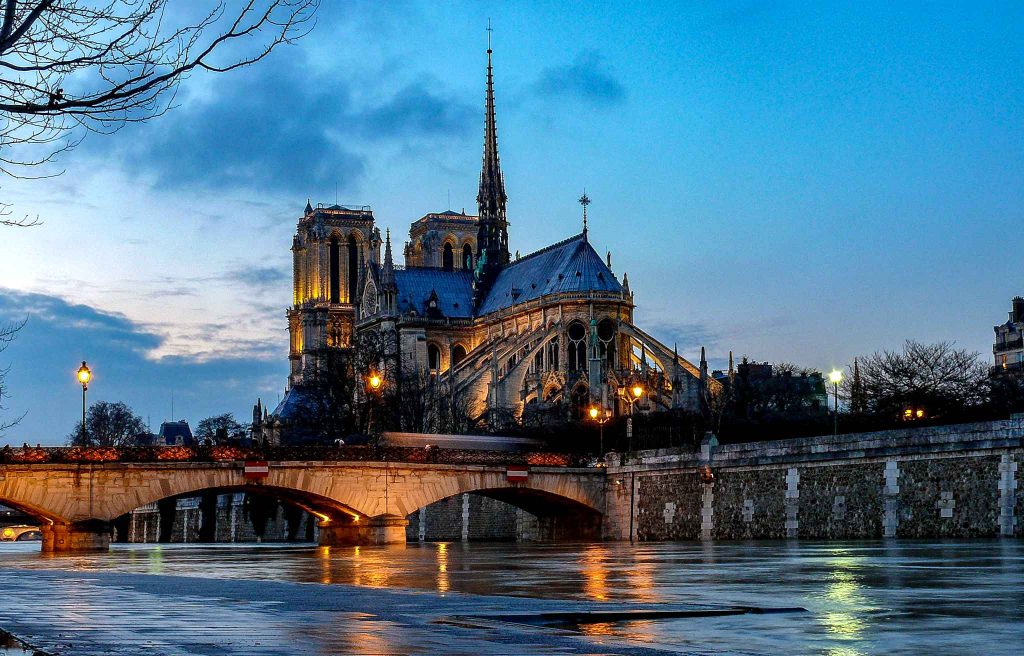Wonderings: are the stars our destination?
Aside from a few forays to France, the furthest my maternal grandparents travelled was Pembrokeshire, Wales (repeat visits to a wind-buffeted static caravan in Croes-goch, if you must know). Just a generation later, my parents’ peregrinations had encompassed most of Western Europe.

As of writing, I’ve visited about 50 countries (I counted them up once, but have forgotten the total), most of them during two spells of backpacking – first across the US, then around the world – plus others as and when the opportunity arose.
My wife has been to twice that number of destinations, and I’d wager that a significant proportion of the people who comprise Lonely Planet’s extended community – staff and contributors, followers and fans – have led equally footloose lives.
The trend continues, too: my son, four, and daughter, one, have already visited many more places than my grandparents did in their entire lives. In fact, Harvey probably covered more miles in utero than they managed in total.

Our expanding horizons
You can visualise each generation’s expanding horizons as a series of concentric circles, like ripples spreading out from a stone dropped in a pond; assuming that trend doesn’t go into reverse (which is possible, of course, given variables like climate change), where will the edge of my children’s known universe lie? Just as I have explored the far side of this planet, might they explore the far side of another world?
It’s not as far-fetched as it sounds. As it often does, the stuff of science fiction has become the stuff of science fact: the race for space is more competitive now than it has been at any time since Neil Armstrong took that famous first step on the surface of the Moon, an epoch-defining moment that happened 50 years ago this July.


 English
English

